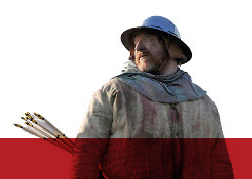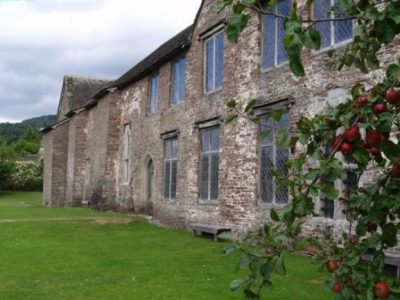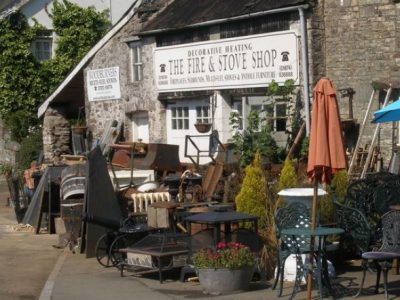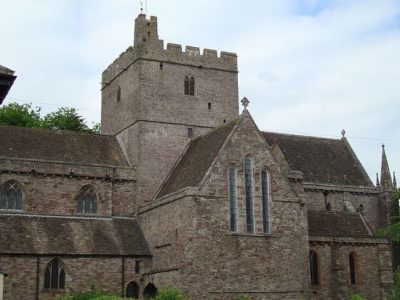Tretower, Powys
By Agincourt 600 Wales Though the historical record is somewhat spotty, Tretower is thought to occupy an important place in the Agincourt story. Due to the destruction of the castle at nearby Crickhowell during the Welsh uprising under Owain Glyndŵr, Tretower Castle is likely to have been the muster point for the local contingents who responded to Henry V’s call to arms in 1415. Tretower, an unusual ‘two-in-one’ historic site spanning many centuries, incorporates the castle and later manor house, a building rare in Wales. Though little remains of the... Read More




